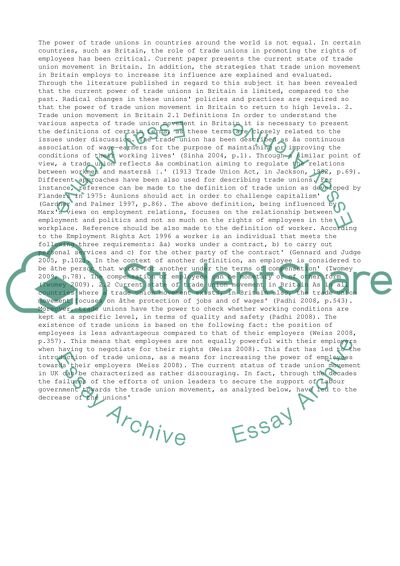Cite this document
(“Trade union movement in Britain Essay Example | Topics and Well Written Essays - 2000 words”, n.d.)
Retrieved from https://studentshare.org/business/1469898-trade-union-movement-in-britain
Retrieved from https://studentshare.org/business/1469898-trade-union-movement-in-britain
(Trade Union Movement in Britain Essay Example | Topics and Well Written Essays - 2000 Words)
https://studentshare.org/business/1469898-trade-union-movement-in-britain.
https://studentshare.org/business/1469898-trade-union-movement-in-britain.
“Trade Union Movement in Britain Essay Example | Topics and Well Written Essays - 2000 Words”, n.d. https://studentshare.org/business/1469898-trade-union-movement-in-britain.


